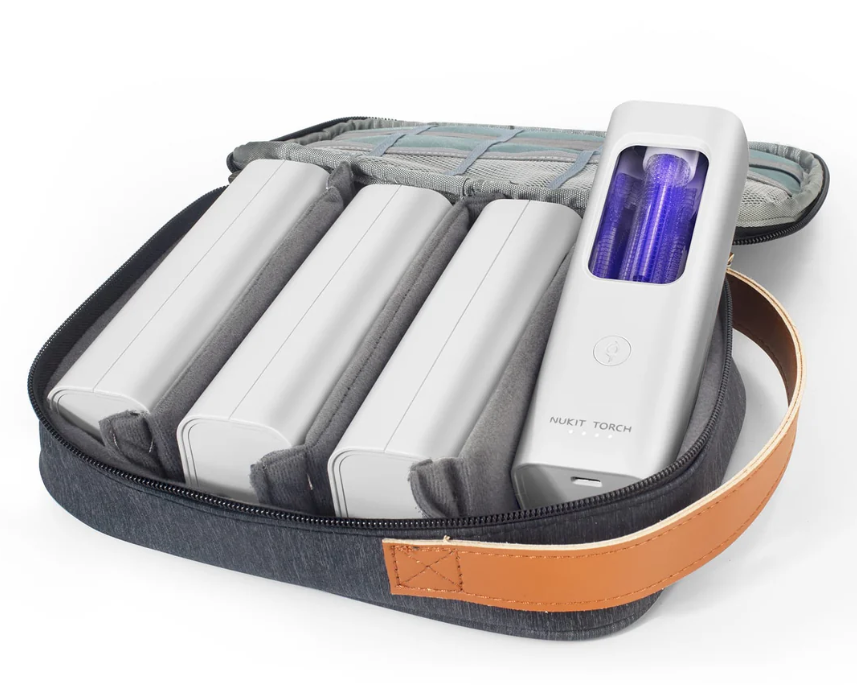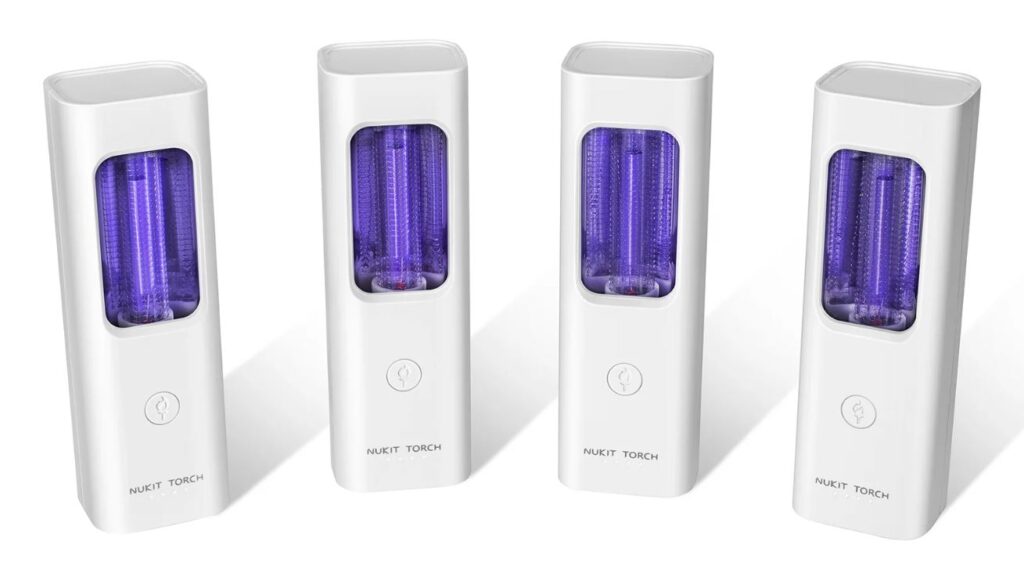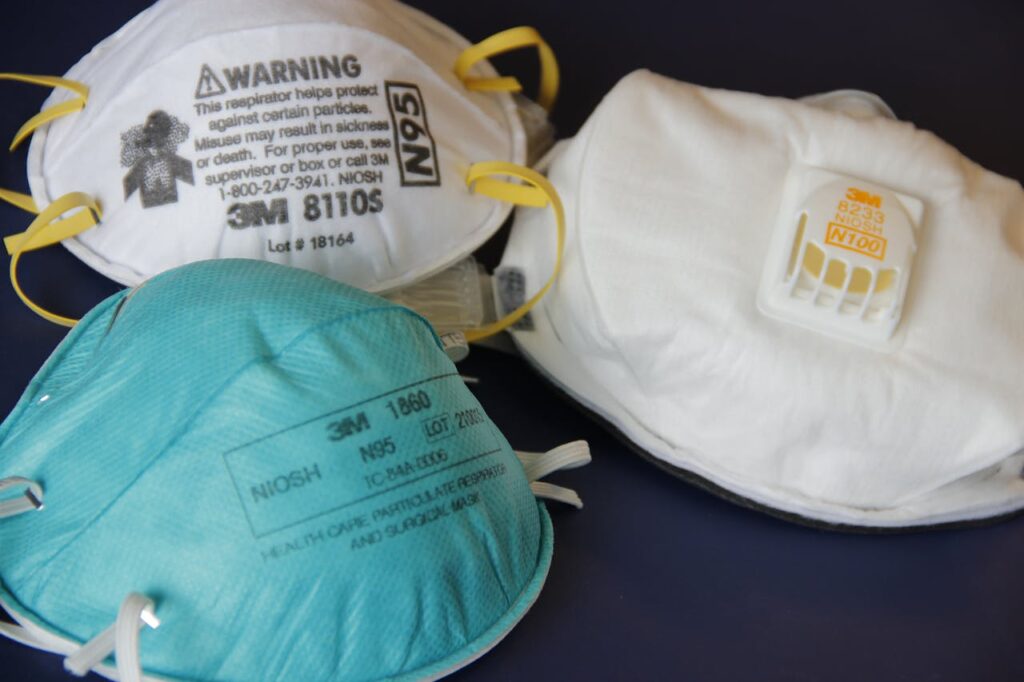If the past few years have taught us anything, it’s that protecting ourselves from airborne pathogens requires more than just one line of defense. Masks, ventilation, and vaccines have played their roles, but there’s another powerful tool that deserves a spot in our protection toolkit—Far-UVC 222nm light. This technology has already proven its effectiveness against influenza and COVID-19, and it holds immense promise against other airborne threats, including H5N1 and MERS.
There are several entrants into the Far-UVC market, but few are as affordable and well-reviewed as Nukit is. Their torches and lanterns have proven effective for the immunocompromised and safety-conscious. Many reviews claim that they are game-changers for those who are serious about saying safe from pathogens. Let’s dive into why Nukit Far-UVC 222nm devices could be the final layer of protection we’ve all been waiting for.
How Far-UVC 222nm Works
Unlike traditional UV light, which can be harmful to human skin and eyes, Far-UVC at 222nm operates at a wavelength that penetrates and destroys viruses and bacteria without harming human tissue (Buonanno et al., 2020). It works by disrupting the genetic material of airborne pathogens, rendering them inactive before they can cause infection. This makes it an ideal solution for real-time disinfection in public and private spaces.
Proven Effectiveness Against Influenza and COVID-19
We’ve already seen Far-UVC’s effectiveness against well-known respiratory viruses:
- Influenza: Research has shown that 222nm light effectively inactivates influenza viruses in the air, reducing their ability to spread (Welch et al., 2018).
- COVID-19: Studies conducted during the pandemic demonstrated that Far-UVC could eliminate over 99% of SARS-CoV-2 particles in the air within minutes (Eadie et al., 2022).
This means that installing Nukit Far-UVC in high-risk areas—such as offices, healthcare settings, and public transportation—could drastically lower transmission rates.
Potential Benefits Against H5N1, MERS, and Other Airborne Pathogens
While ongoing research is needed, Far-UVC has enormous potential in fighting other dangerous viruses:
- H5N1 (Bird Flu): Since H5N1 spreads primarily through respiratory droplets and contaminated surfaces, Far-UVC could serve as a critical intervention to reduce airborne transmission.
- MERS (Middle East Respiratory Syndrome): Similar to SARS-CoV-2, MERS is a coronavirus that spreads via aerosols. Far-UVC has already been tested against similar viruses with success, suggesting it could be just as effective (Eadie et al., 2022).
- Other Pathogens: Bacteria such as tuberculosis and even fungal spores are also vulnerable to 222nm light, making it a game-changing technology for broad-spectrum pathogen control.
Why Nukit Far-UVC is the Best Choice
With several Far-UVC solutions emerging on the market, Nukit stands out due to its proven safety, effectiveness, and ease of integration into everyday environments. Whether installed in homes, offices, hospitals, or public spaces, it provides an always-on layer of protection without disrupting daily life. Unlike chemical disinfectants or HEPA filters that require constant maintenance, Far-UVC works instantly and continuously, offering peace of mind in a world where airborne threats are constantly evolving.
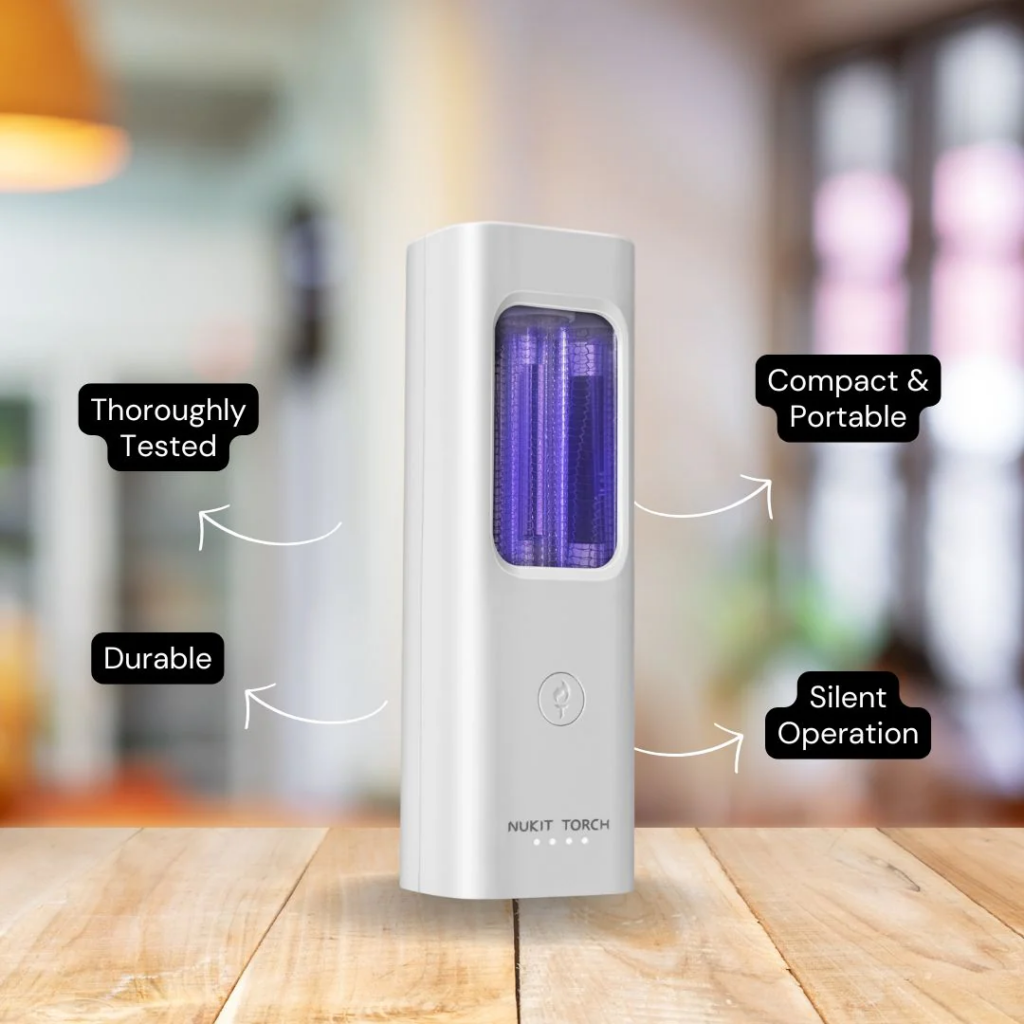
Nukit’s Far-UVC 222nm solution includes a neat torch kit (set of four) with rechargeable batteries. These are perfect to use while traveling, for mandatory indoor meetings or even a meal with family. Each 3W torch, when positioned optimally, creates an extra layer of protection against airborne pathogens.
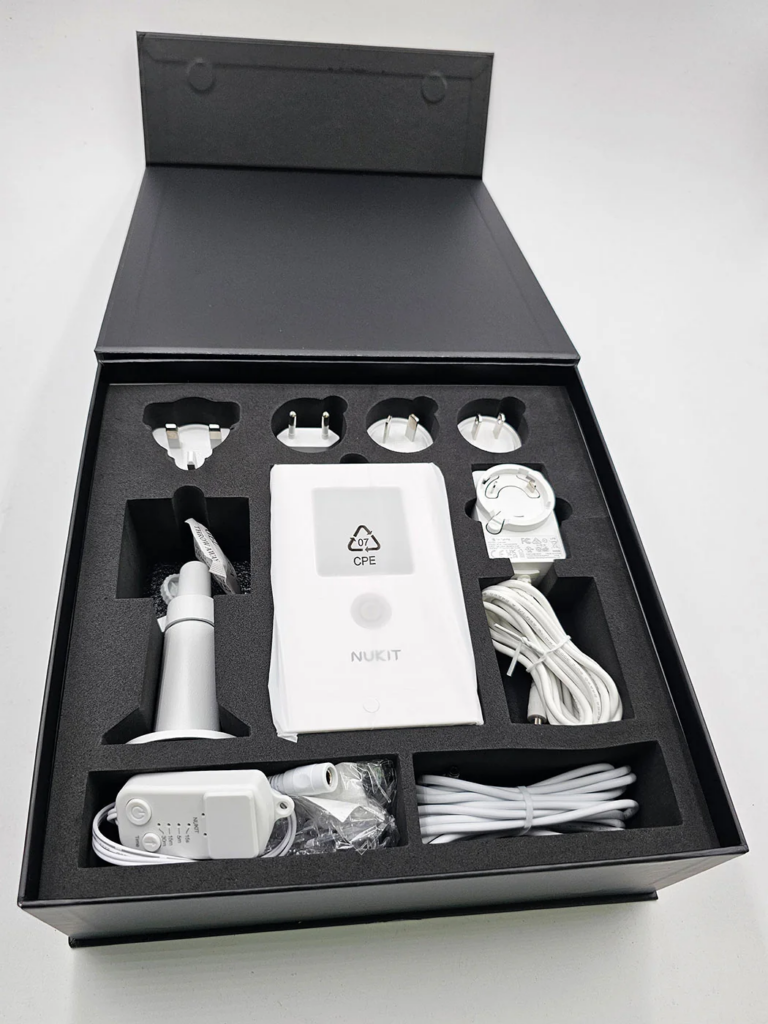
The 6W lanterns are perfect for permanent installation, and come with cables and plugs for quick installation. It includes a human presence sensor that detects when people are around, and switches on only at those times, thereby preserving the life of the bulb. All of Nukit’s Far-UVC devices come with a high-quality optical cut filter to ensure extra safety while using their devices.
The takeaway: when it comes to protecting ourselves and our loved ones, we need a multi-layered approach. Nukit Far-UVC 222nm light is not just another tool—it’s the final layer that brings us closer to complete airborne protection. With its proven track record against influenza and COVID-19, and its potential against H5N1, MERS, and other pathogens, Far-UVC is the future of real-time disinfection. As we move forward in a world where infectious diseases continue to pose a threat, this technology could be the key to safer, healthier spaces for everyone.
Disclaimer: GoProtect.Me is not affiliated with Nukit. Our summary of Nukit Far-UVC 222nm devices is based purely on user experiences and independent studies of their torches and lanterns. For more information on their products, including reports of independent studies, please visit https://www.nukit222.com/ or https://cybernightmarket.com/.
References
Buonanno, M., Welch, D., Shuryak, I., & Brenner, D. J. (2020). Far-UVC light (222 nm) efficiently and safely inactivates airborne human coronaviruses. Scientific Reports, 10(1), 10285. https://doi.org/10.1038/s41598-020-67211-2
Eadie, E., Hiwar, W., Fletcher, L., Tidswell, E., O’Mahoney, P., & Wood, K. (2022). Far-UVC (222 nm) efficiently inactivates an airborne pathogen in a room-sized chamber. Scientific Reports, 12(1), 18033. https://doi.org/10.1038/s41598-022-22633-2
Welch, D., Buonanno, M., Grilj, V., Shuryak, I., Randers-Pehrson, G., Spotnitz, H. M., … & Brenner, D. J. (2018). Far-UVC light: A new tool to control the spread of airborne-mediated microbial diseases. Scientific Reports, 8(1), 2752. https://doi.org/10.1038/s41598-018-21058-w
